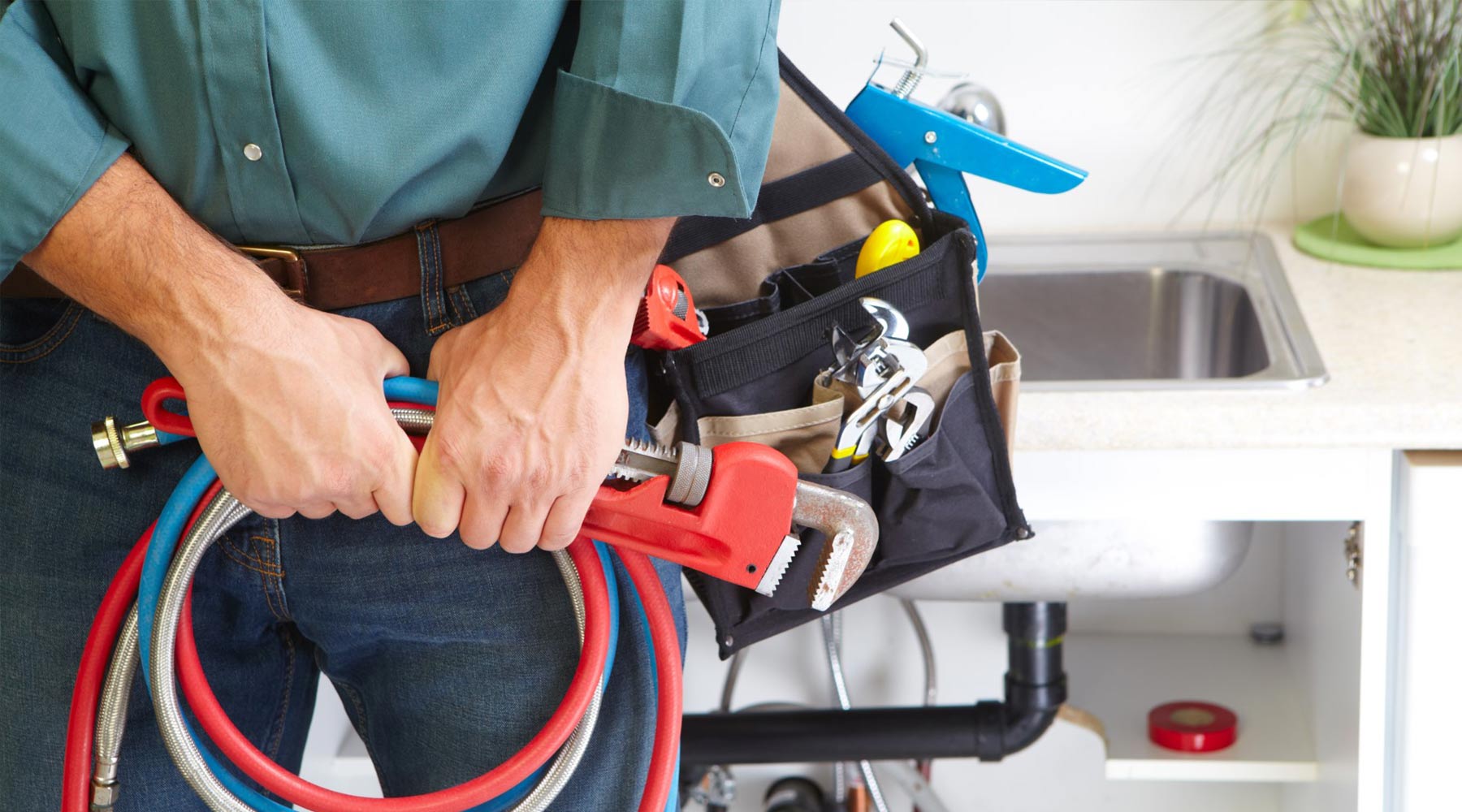Although it may be tempting to put off plumbing maintenance until the summertime, doing so can actually lead to more problems down the road. By taking a little time now to carry out some simple tasks, you can help ensure that your plumbing is in good shape for the warmer months. Here are some tips to get you started.
Inspect your plumbing system for any leaks or cracks
Like most homeowners, you probably don’t think about your plumbing system until there’s a problem. But it’s important to regularly inspect your plumbing system for any leaks or cracks to avoid costly repairs down the road. Leaks can occur anywhere in your plumbing system, from the faucet to the main water line. And if they’re not fixed quickly, they can cause water damage to your home.
Cracks in your plumbing system can also lead to leaks caused by corrosion, age, or over-tightening fittings. So it’s important to fix them as soon as possible. One way to help prevent leaks and cracks is to use quality plumbing fixtures and fittings designed to withstand wear and tear. And if you do experience a leak, be sure to fix it right away.
Flush all your pipes and drains to get rid of any build-up
Spring is a great time to do some basic plumbing maintenance. One of the easiest things you can do is flush all your pipes and drains to get rid of any build-up. This will help keep your plumbing running smoothly and prevent any clogs or blockages. Make sure to check your faucets and sinks for any leaks, and tighten any loose screws or bolts. If you have a dishwasher, be sure to clean the filter and check for any leaks.
It’s also a good idea to inspect your water heater for any signs of wear or damage. If you spot anything wrong, be sure to call a professional plumber to repair it. By doing some basic cipf-es.org maintenance each spring, you can help keep your plumbing in good condition and avoid any costly repairs down the road.
Check your water heater for signs of wear and tear
Water heaters are an important part of any household, and it’s important to make sure they’re in good condition before cold weather sets in. Here are a few things to look for when inspecting your water heater:
- Rust: If you see rust on the tank, it’s time for a replacement. Rust can weaken the tank and lead to cracks or leaks.
- Leaks: If you see any water leaking from the tank, it’s a sign that there’s something wrong and needs to be fixed immediately. A leak can cause extensive damage to your home and cost a lot of money to repair.
- Noise: If your water heater is making strange noises, it could be a warning sign that something is wrong. Listen for popping, hissing, or rattling sounds – these could be signs that the tank is overheating or about to burst.
- Age: Most water heaters last around 8-10 years. If your water heater is getting close to this age, it might be time for a replacement.
If you notice any of these signs, don’t wait – call a plumber immediately for assistance. A small problem with your water heater can turn into a big headache if not fixed quickly.
Tighten all the connections on your plumbing fixtures
Your home’s plumbing system is a critical part of your daily life. From the time you turn on the faucet in the morning to when you take a shower at night, your plumbing fixtures are constantly in use. It’s important to ensure that all of the connections on these fixtures are tight so that you don’t experience any leaks or other problems. One way to ensure that your plumbing is in good shape is to tighten all of the connections on your fixtures regularly.
This can be done with a wrench or other tool, which only takes a few minutes. By tightening all the connections, you can help prevent leaks and other issues. If you haven’t tightened your plumbing fixtures recently, consider doing so today. Not only will it help keep your home’s plumbing system in good shape, but it can also help save you money on your water bill.

Replace any worn-out gaskets
It’s always a good idea to keep your home in top condition by regularly inspecting and repairing any worn-out parts. This includes gaskets and seals on faucets, drains, and toilets. If you allow these parts to wear out too much, you could end up with a more extensive repair job. Thankfully, it’s not difficult to replace worn-out gaskets or seals. You can usually find replacement parts at your local hardware store.
You only need a screwdriver, wrench, or pliers to complete the job. To replace a gasket on a faucet, start by turning off the water supply to the faucet. Then use a screwdriver to remove the screws that hold the faucet in place. Lift the spout off of the sink and set it aside. Next, use a wrench to remove the old gasket from the faucet stem. Apply some plumber’s grease to the new gasket and insert it into the branch. Replace the screws holding the faucet and turn on the water supply.
Add a water softener if you have hard water
Adding a water softener can be a great way to improve your home’s plumbing if you have hard water. A water softener will remove the minerals that cause hardness in your water, leaving you with softer water that is easier on your plumbing and appliances. There are a few things to remember when adding a water softener. First, make sure that you have the right size for your home. You want to ensure that the softener can handle the amount of water that needs to be softened.
Second, you will need to find a place to put the softener. It should be installed close to the main water line to work correctly. Once you have added a water softener, you will likely notice a difference in the amount of scaling and build-up on your plumbing fixtures. You may also find that your appliances last longer when not working against the hard water. If you are considering adding a water softener to your home, talk to your plumber about which option would be best for you.
Summary
Now that you know the basics, it’s time to get started on your plumbing maintenance checklist. The most important part of any preventative maintenance plan is to make sure you’re regularly inspecting all of your fixtures and pipes. If you notice anything unusual or amiss, don’t hesitate to call a professional for assistance. By following these tips for spring plumbing maintenance, you can help keep your home in good condition and avoid costly repairs down the road.
At TEXAS BLESSED PLUMBING, we understand the importance of regular plumbing maintenance. That’s why we offer a wide range of services designed to keep your system in top condition. From drain cleaning and leak detection to water heater repair and replacement, we have you covered. Contact us today at (972) 514 1940 to schedule a consultation. We look forward to serving you!


